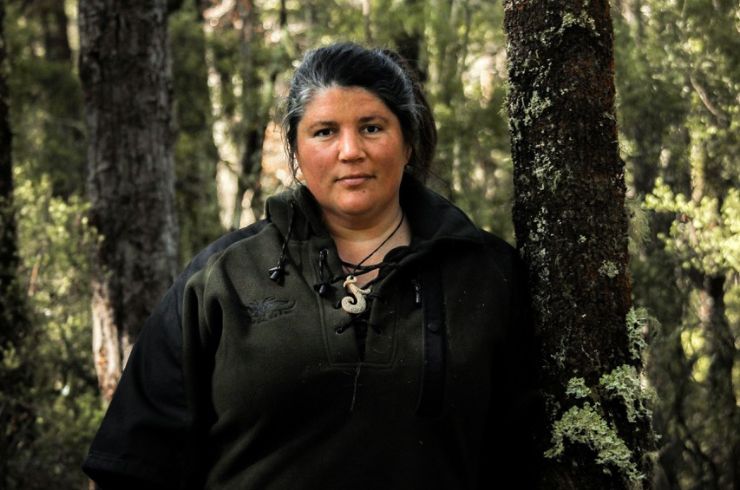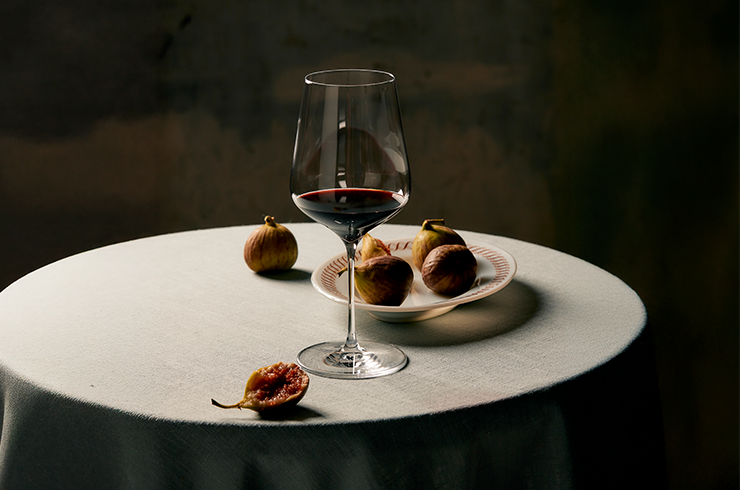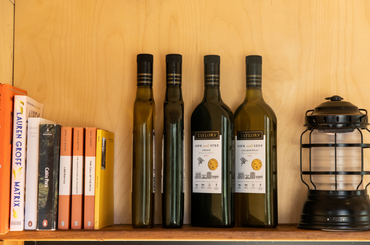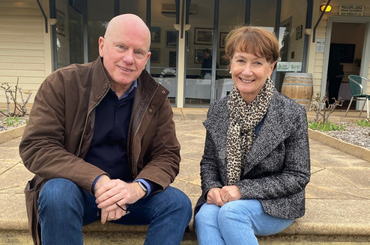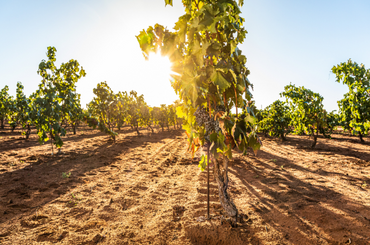The years go fleeting by when you taste your way through a selection of six decades of two wine styles; top tier reserve wines at that.
Good vintages, fair vintages, challenging vintages, not to mention changes in winegrowing and winemaking trends, styles, changes in personnel, personalities.
They all congregate in the glass.
And, in the middle stands a producer, the conductor of all of this vinous beauty and mayhem.
Or, in the case of the recent Tahbilk tasting of 75 years of reserve/Eric Stevens Purbrick shiraz and cabernet sauvignon – just two conductors.
The designer, instigator of Tahbilk style was Eric Purbrick, the man who created the Tahbilk traditions in winemaking, establishing strong quality parameters. His first vintage was 1931, his last before retirement was 1978. He died in 1991.
He was followed by his grandson, Alister Purbrick, who inherited the role of winemaker in 1979.
He conducted the February tasting.
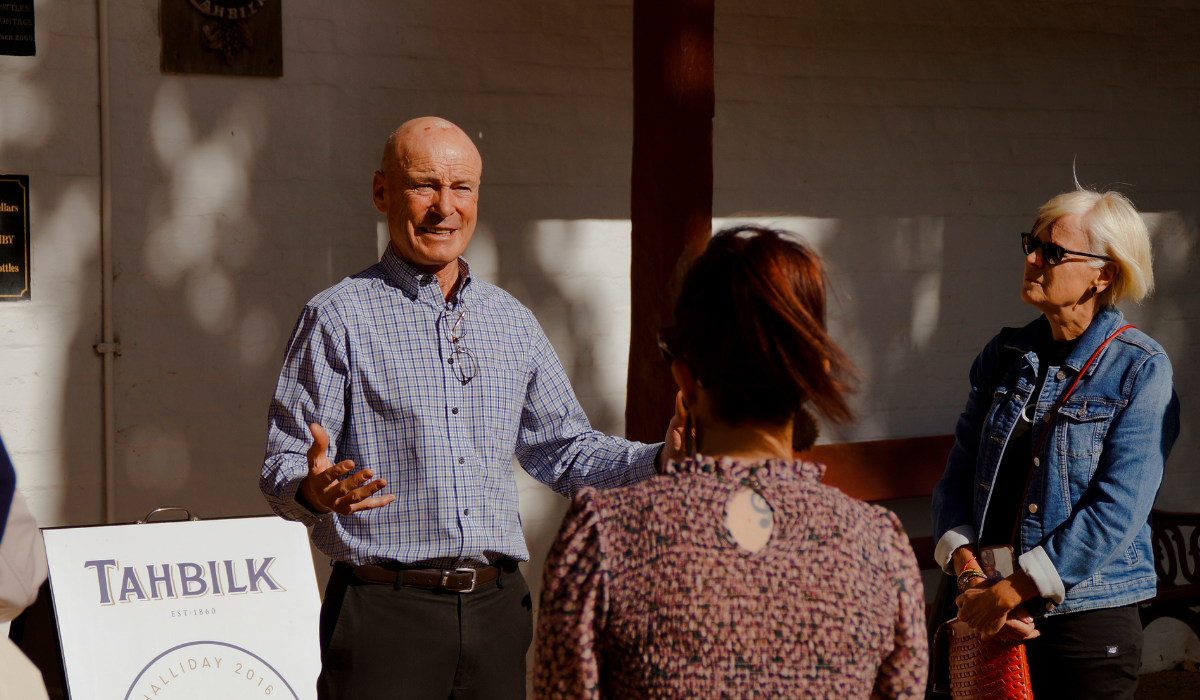
It’s often called ‘traditional’, a term that seems to go hand in hand with the vineyards and winery dating back to 1860, although a closer look reveals a producer willing to change when change is called for. In 2012, it became one of the few early Australian wineries to be credited as Net Carbon Zero.
A look through a selection of six decades of reserve/ESP reds sees an enviable record of consistency achieved through relatively little change except when required; the introduction of new oak (’92), the move to screwcap (’02). The list is not long.
The tasting was a celebration of a vineyard/regional/family style, one that can be counted upon. It has worked decade after decade, and that’s saying something when change can come to some wineries with each new owner, viticulturist, winemaker, wine marketer.
The roll call of reserve/Eric Stevens Purbrick shiraz tasted – 1971–2018 – was 19 wines strong.
The early reserves sported Bin numbers, then took on the reserve name before permanently taking the name, Eric Stevens Purbrick from 2002.
The soul of these shiraz is red fruits – occasionally joined by black fruits – which become fragrant with age (the ’71 was so aromatically fine and lifted still!) retaining trademark baked earthiness, spice and a touch of savouriness.
“Our fruit leans towards red fruits,” said Alister Purbrick. “It’s the unique fruit character of Tahbilk. Spice flavours are all wrapped in a savoury envelope which comes from our soil type, iron oxide soils.
“That’s the consistency we get from year to year with shiraz.”
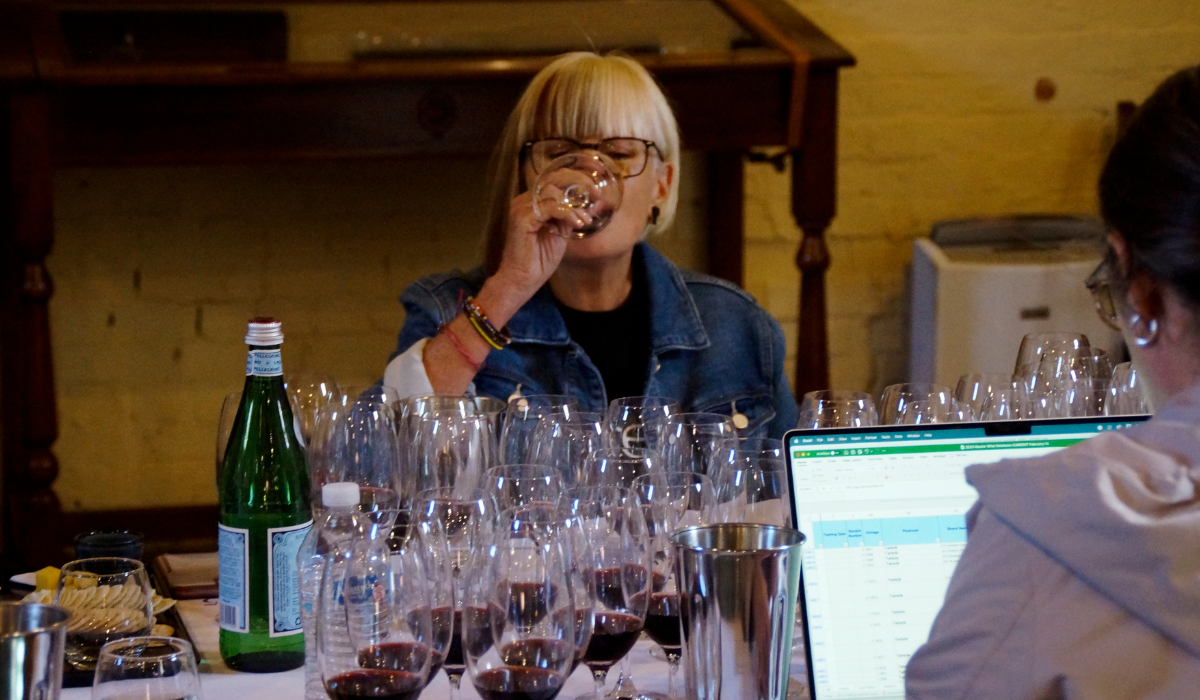
Eric Purbrick looked exclusively to large old oak as the maturation tool. A visit to the underground cellars at the winery will bring you face to face with many of grizzled old vats still working hard which continue to play a role today. There is no denying Eric’s intention to bring oak into the picture only as a steady, background note. It was in keeping with his character. The man was never, ever, showy, loud or ostentatious. It was not his style nor that of the wines he made.
Top wines of the tasting (voted by those attended, in order): 2014, 2008, 1971, 1999, 2017, 2018.
The roll call of reserve/Eric Stevens Purbrick cabernet sauvignon tasted – 1962–2018 – was 24 wines strong.
Tahbilk cabernet sauvignon tends to always be a revelation to drinkers.
More often than not, it betters shiraz in any given year. Yet, drinkers consistently vote for shiraz with their wallets, such is the reputation of the grape in the region.
Cabernet remains a subject of earnest discussion among the men and women in the Tahbilk winemaking crew who make it year after year after year.
“Cabernet is the easiest to grow, to make, but it’s not easy to sell,” said long-standing chief winemaker, Alan George.
His boss and brother-in-law, Alister Purbrick, agreed.
“From our perspective, we do cabernet better than shiraz.”
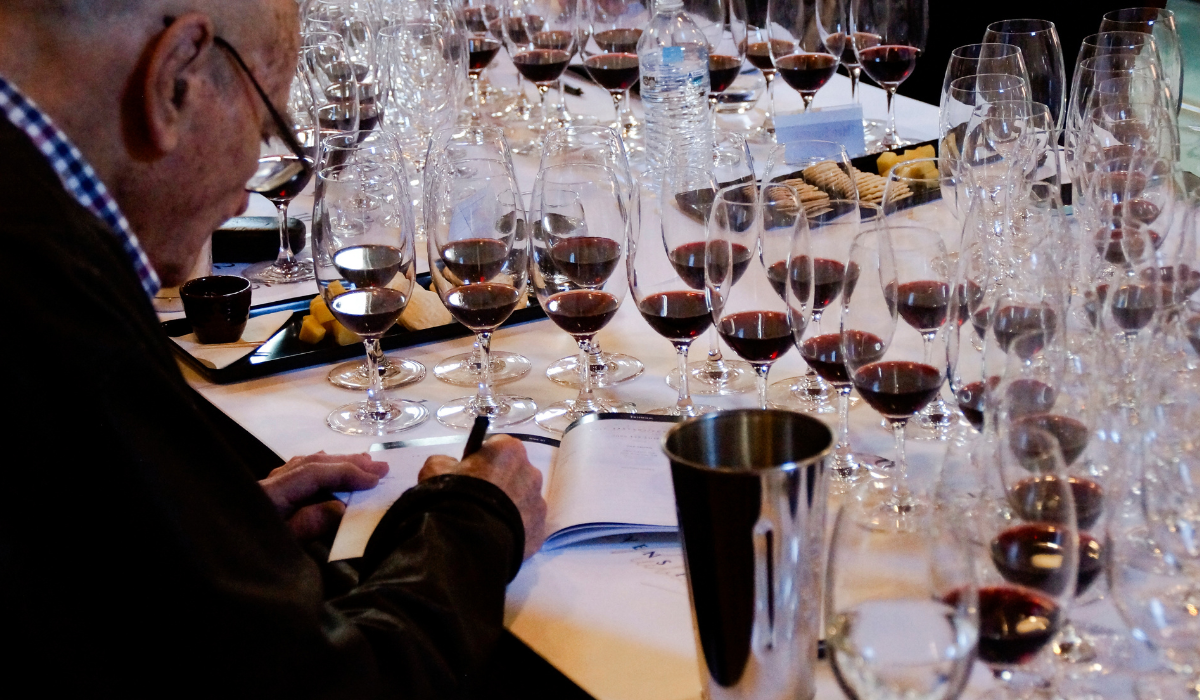
The reason lies, in part, to the particular piece of soil they live and work on. Surrounded by water, a cooling effect, the Nagambie Lakes region is significantly cooler than nearby Goulburn Valley, a region it once joined before breaking away in 2001.
“We can get cabernet regularly ripe and the cooling effect of the water mass (nearby Goulburn River, Goulburn Weir and billabongs) is important,” said Alister Purbrick.
So, too, is keeping options open which is why in any one year there are many components on the blending bench together with a choice of French and American oak.
Maintaining the style, however, remains paramount. The scent of acacia, wild herbs, aromatic florals is strong in Tahbilk cabernet joined by dark fruits, all pressed firmly in place by tannin with a touch of signature savouriness.
Top wines of the tasting (voted by those attended, in order): 2018, 1996, 2006, 1999, 2002, 2008, 2016.
This article is for Halliday members only. Sign up to become a member here.
Latest Articles
-
Wine Lists
The 50 most popular wines of 2025
just now -
From the tasting team
The vintage of the century: Katrina Butler on Bordeaux 2022
1 day ago -
News
The heart of Aotearoa: How a connection to Māori culture and land shapes New Zealand wine
1 day ago -
Win
Win a stunning collection of Plumm glassware and wine, valued at over $500
11 Dec 2025


